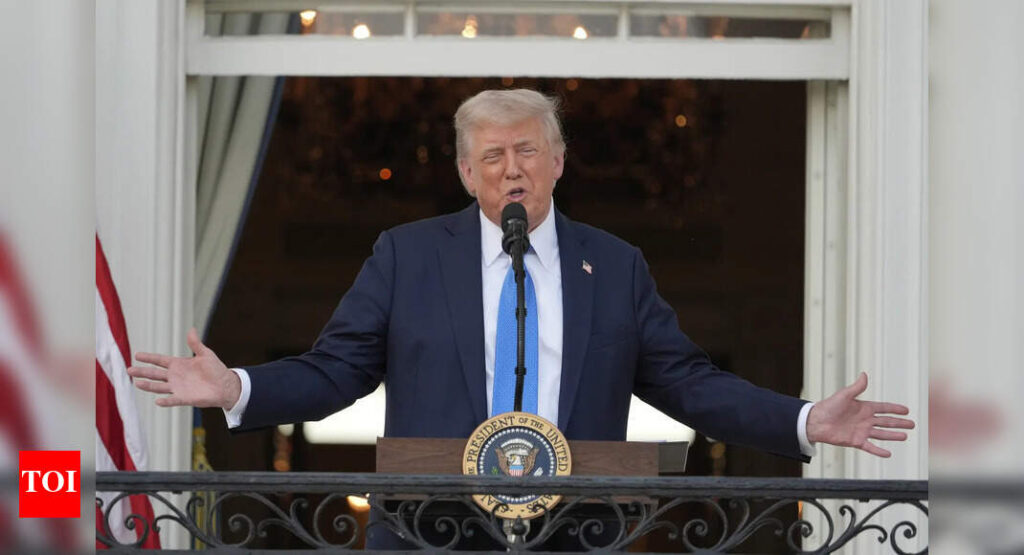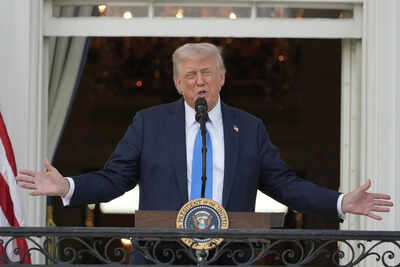Trump 2025 Travel Ban Explained: Who is exempted? How will it affect you? | World News

Nearly five months into his second term, US President Donald Trump has signed a sweeping new travel ban, targeting 12 countries with full entry suspensions and placing visa restrictions on seven others. The executive order, signed on June 4, revives core elements of Trump’s first-term immigration agenda and is scheduled to take effect at 12:01 am on Monday, June 9.The move follows a deadly attack in Boulder, Colorado, allegedly carried out by an Egyptian national. While Egypt is not included in the ban, Trump used the incident to justify tougher scrutiny of countries with what he called “poor vetting standards and high overstay risks.”What is a travel ban?A travel ban is a federal policy that restricts or prohibits nationals from specific countries from entering the United States. The scope of these bans can range from complete entry suspensions to targeted visa category limitations.Which countries are affected?The new order divides countries into two categories:Complete travel ban (no entry permitted):Afghanistan, Chad, Republic of Congo, Equatorial Guinea, Eritrea, Haiti, Iran, Libya, Myanmar, Somalia, Sudan, Yemen.Visa restrictions (certain categories suspended):Burundi, Cuba, Laos, Sierra Leone, Togo, Turkmenistan, Venezuela.Why these countries?The administration cited three primary justifications:Weak document security and screening systems: Countries such as Libya, Somalia, Sudan, and Yemen were flagged for issuing unreliable travel documents or failing to adequately screen outbound travellers.High visa overstay rates: Nations like Myanmar, Burundi, Laos, and Equatorial Guinea were included due to the large numbers of nationals overstaying temporary visas in the US.Links to terrorism or state sponsorship of terror: Iran, Afghanistan, Somalia, and Cuba were identified based on alleged associations with terrorism or insufficient cooperation with US counterterrorism measures.What are the exceptions?According to the order, the following individuals are exempt:
- Green card holders and legal permanent residents
- Dual citizens (with one US passport)
- Immediate family members of US citizens
- Athletes, coaches, and teams travelling for global sporting events such as the 2026 FIFA World Cup and 2028 Olympics
- Refugees already granted asylum
- Afghans who assisted US military operations
- Iranians fleeing religious persecution (particularly minorities)
How is this different from the 2017 travel ban?Trump’s first travel ban in 2017, quickly dubbed the “Muslim Ban,” was implemented without warning, sparking chaos at airports and a flurry of legal challenges. That order targeted predominantly Muslim-majority nations and was ultimately upheld by the US Supreme Court in 2018 after multiple revisions.The 2025 order, while broader in scope, includes specific exemptions and provides a short implementation window. Its more measured rollout appears designed to avoid the logistical and legal backlash seen in 2017.
Timeline: Trump-era travel bans
- January 27, 2017: Initial ban issued, targeting seven Muslim-majority countries.
- March 6, 2017: Revised ban excludes Iraq, allows exemptions for visa and green card holders.
- September 24, 2017: Third version includes Venezuela and North Korea.
- June 26, 2018: Supreme Court upholds third version in 5–4 ruling.
- January 31, 2020: Fourth expansion adds countries like Myanmar, Nigeria, and Eritrea.
- June 4, 2025: Fifth and latest ban announced, affecting 19 nations in total.
The 2025 travel ban signals that immigration will once again be a defining policy axis of Trump’s second term. Whether this new iteration withstands judicial scrutiny remains to be seen—but for now, the administration is betting that a more methodical rollout will mute resistance while reinforcing Trump’s “America First” doctrine.






